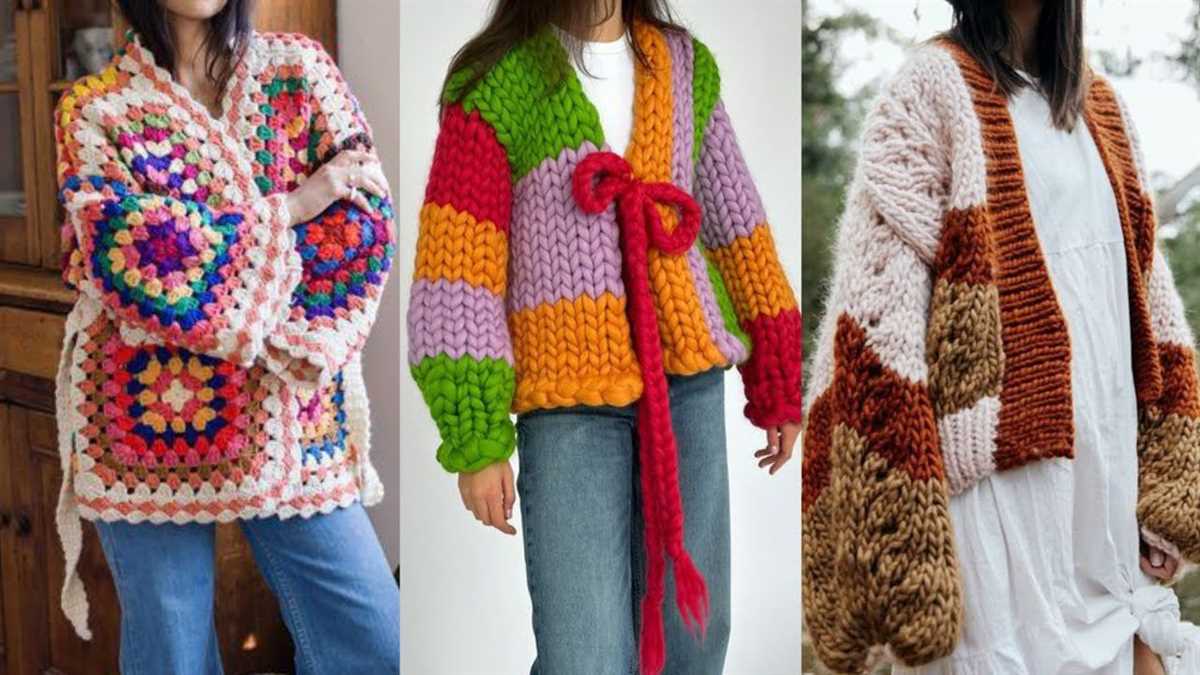
The alpaca cowl is a cozy and stylish accessory perfect for cold weather. Made from ultra-soft and warm alpaca yarn, this cowl will keep you warm and fashionable all winter long. Whether you’re a beginner or an experienced knitter, this pattern is easy to follow and can be completed in just a few hours.
To create your own alpaca cowl, you will need a set of circular knitting needles, alpaca yarn in your preferred color, and a yarn needle for finishing. The pattern consists of simple knit and purl stitches, making it a great project for knitters of all skill levels.
This cowl is designed to be worn close to the neck, providing maximum warmth and comfort. The natural properties of alpaca yarn make it incredibly insulating, so you can be sure that you’ll stay cozy even in the coldest of temperatures. Plus, alpaca is hypoallergenic and naturally moisture-wicking, making it a great choice for those with sensitive skin.
Alpaca Cowl Knit Pattern
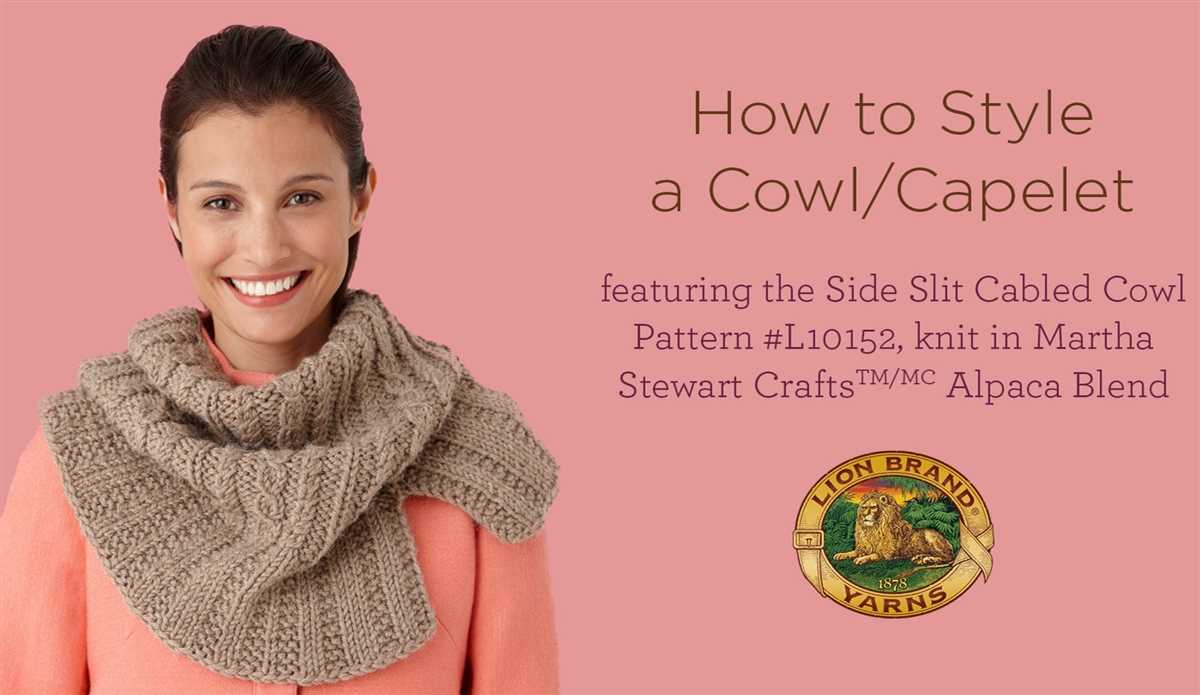
If you’re looking for a cozy and stylish accessory to add to your winter wardrobe, look no further than the alpaca cowl knit pattern. Made with luxurious alpaca wool, this cowl will keep you warm and fashionable throughout the colder months.
To start knitting your alpaca cowl, you will need the following materials: alpaca yarn (choose your favorite color), knitting needles (size 10 or whatever size you prefer), and a yarn needle for finishing touches. Once you have gathered your materials, you’re ready to begin.
- Step 1: Cast On – Begin by casting on 100 stitches. This will create a cozy and snug fit for your cowl.
- Step 2: Knit in the Round – Join your stitches in the round, being careful not to twist them. Use circular knitting needles to make this process easier.
- Step 3: Knit Stitch – Continue knitting in the round using the knit stitch until your cowl reaches your desired length. This can be anywhere from 8 to 12 inches, depending on how long you want your cowl to hang.
- Step 4: Bind Off – Once you have reached your desired length, bind off your stitches to secure your cowl.
- Step 5: Finish – Weave in any loose ends using a yarn needle, and your alpaca cowl is ready to wear!
This alpaca cowl knit pattern is a versatile and beginner-friendly project that will introduce you to the joy of knitting with luxurious alpaca yarn. Once you have mastered this pattern, you can experiment with different colors and stitch patterns to create your own unique cowls.
About Alpaca Wool
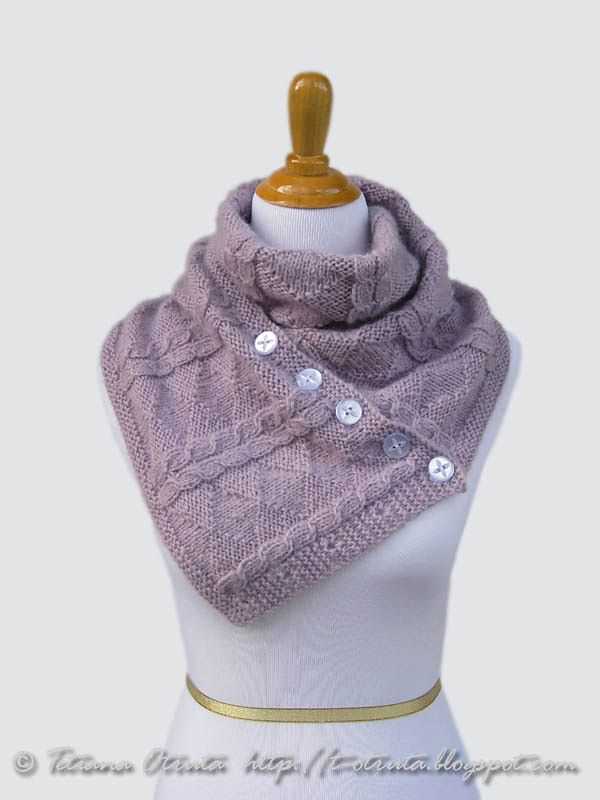
Alpaca wool is a luxurious natural fiber that comes from the fleece of alpacas, a type of domesticated South American camelid. Alpacas are prized for their soft and warm wool, which is often used in the production of high-quality knitwear and textiles. The unique properties of alpaca wool make it a popular choice among knitters and fashion enthusiasts.
One of the main benefits of alpaca wool is its incredible softness. Alpaca fibers are much softer than sheep’s wool, making them ideal for creating cozy and comfortable garments such as scarves, hats, and sweaters. The softness of alpaca wool also makes it suitable for people with sensitive skin, as it is less likely to cause itchiness or irritation.
Alpaca wool is also known for its excellent thermal properties. The fibers have small air pockets that help to insulate against cold temperatures, keeping you warm and cozy even in the coldest of winter days. Additionally, alpaca wool is breathable, allowing moisture to evaporate and keeping you dry and comfortable.
This natural fiber is also hypoallergenic, making it an excellent choice for individuals with allergies or sensitivities. Alpaca wool does not contain lanolin, which is a common allergen found in sheep’s wool, making it less likely to cause allergic reactions. It is also resistant to dust mites, mold, and mildew, making it a hygienic option for those with respiratory issues.
When it comes to sustainability, alpaca wool is also a winner. Alpacas have a low environmental impact compared to other livestock, as they are gentle on the land and do not require extensive resources. Additionally, alpaca wool is biodegradable, meaning it will naturally decompose over time without causing harm to the environment.
In conclusion, alpaca wool is a luxurious, soft, and warm natural fiber that is perfect for knitting and creating cozy garments. Its unique properties, including softness, thermal insulation, hypoallergenic qualities, and sustainability, make it a popular choice among those who value both comfort and ethical production. So, next time you’re in search of a high-quality wool for your knitting project, consider using alpaca wool and enjoy the many benefits it has to offer.
Choosing the Right Alpaca Yarn
When it comes to knitting an alpaca cowl, choosing the right yarn is essential. Alpaca yarn is known for its softness, warmth, and durability, making it the perfect choice for cozy winter accessories. However, there are several factors to consider when selecting the right alpaca yarn for your project.
1. Fiber Content
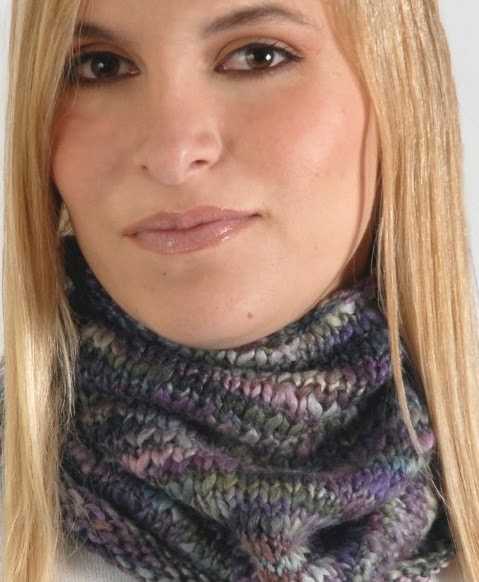
First and foremost, consider the fiber content of the alpaca yarn. Alpaca fibers can range from ultra-soft and fine to slightly coarser and more durable. The most common types of alpaca yarn are made from 100% alpaca fibers or a blend of alpaca and other natural fibers such as merino wool or silk. The fiber content will affect the overall feel, warmth, and drape of your finished cowl.
2. Weight and Gauge
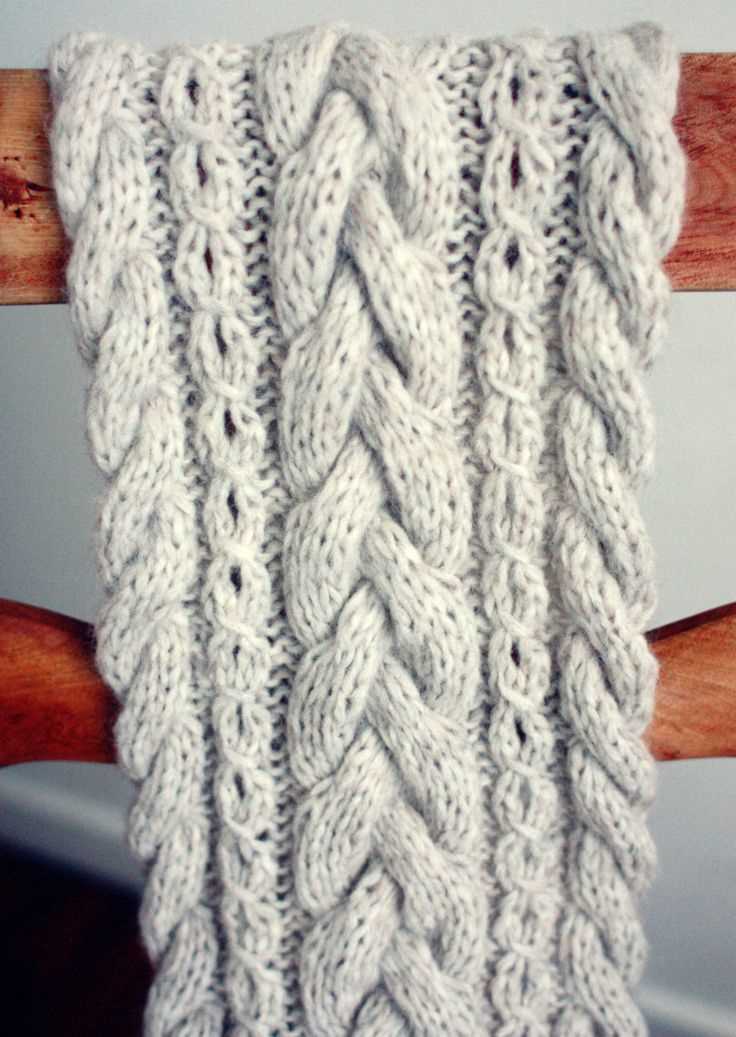
Next, consider the weight and gauge of the alpaca yarn. Alpaca yarn comes in various weights, from lace to bulky. The weight you choose will depend on the desired thickness and warmth of your cowl. Additionally, check the recommended gauge on the yarn label and match it to your knitting needles. This will ensure that your stitches and tension are consistent throughout your project.
3. Color and Dyeing Techniques
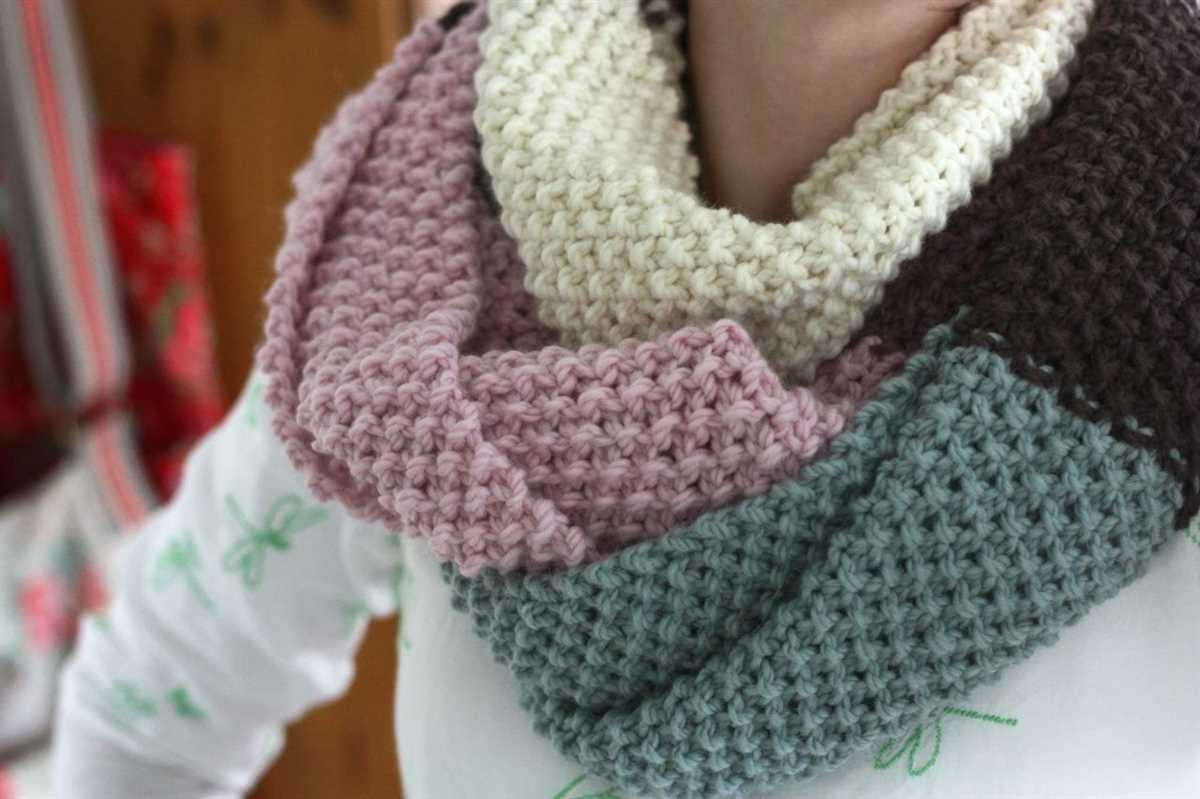
Color is another important aspect to consider when choosing alpaca yarn. Alpaca fibers can be naturally dyed or dyed using different techniques, such as hand-dyeing or variegated dyeing. Think about the color palette you want for your cowl and select a yarn that complements your personal style or the recipient’s preferences.
4. Budget and Availability
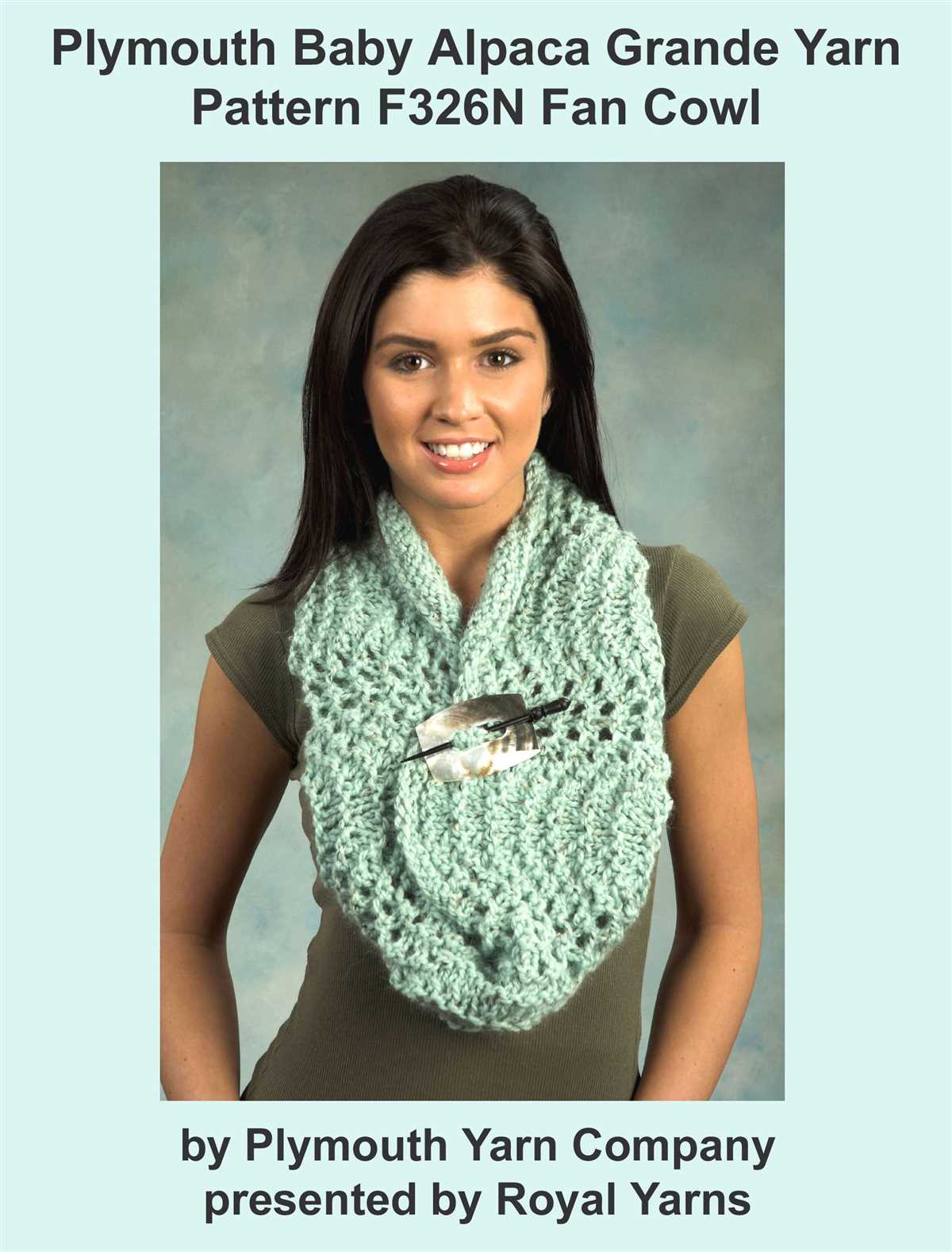
Lastly, consider your budget and the availability of the alpaca yarn. Alpaca yarn can vary in price, depending on the quality of the fibers and the brand. Take time to compare prices and check for sales or discounts. Additionally, consider whether you can easily find the yarn you want locally or if you might need to order it online.
- Take your time to choose the right alpaca yarn for your cowl project.
- Consider the fiber content, weight, gauge, color, and budget.
- Experiment with different alpaca yarns to find your favorite.
- Remember, the right yarn can make all the difference in creating a beautiful, soft, and cozy alpaca cowl.
Tools and Materials Required
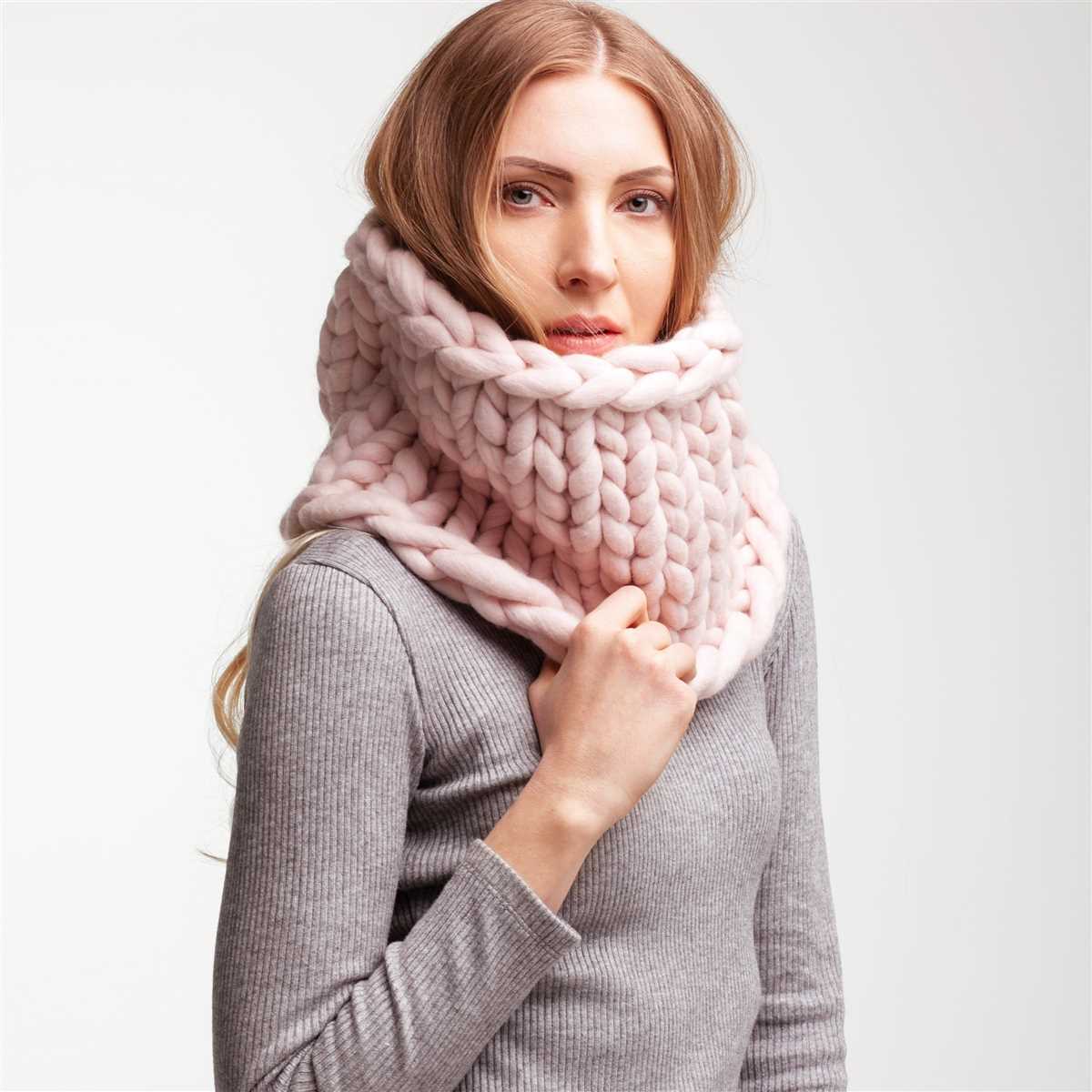
Before you begin knitting your alpaca cowl, it’s important to gather all the necessary tools and materials. Here is a list of everything you will need:
Tools:
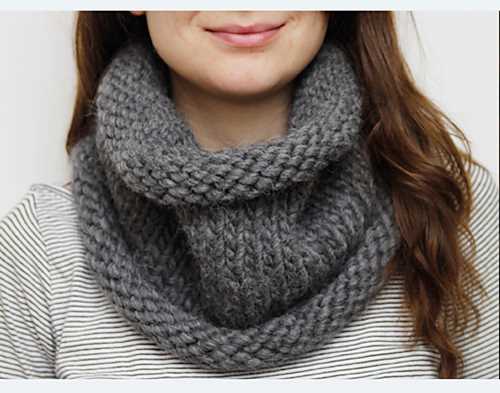
- Knitting needles (size 10mm)
- Cable needle
- Tapestry needle
- Stitch markers
- Scissors
- Measuring tape
Materials:
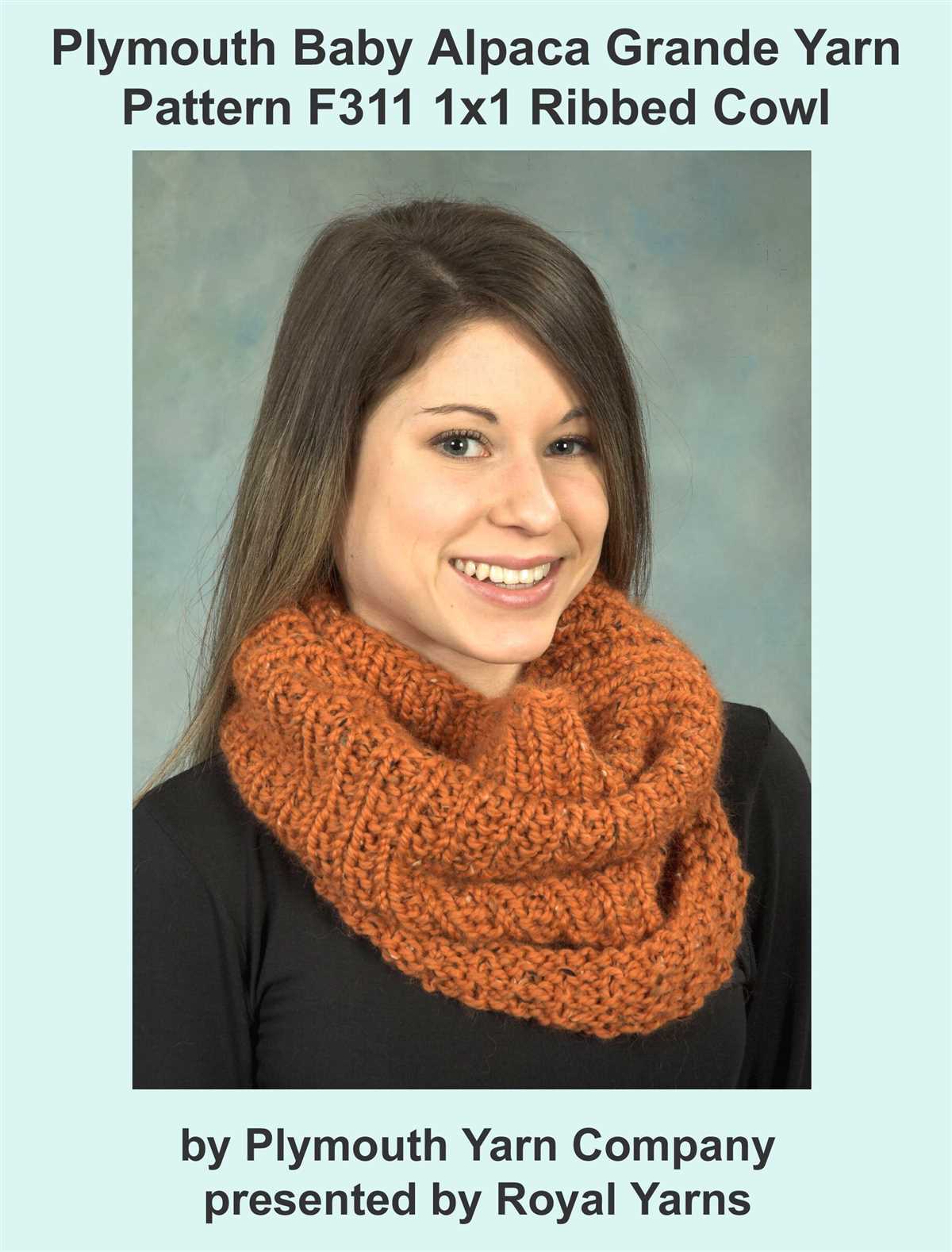
- 300-400 yards of alpaca yarn (chunky weight)
- One button (1-1.5 inches in diameter)
Make sure you have the correct size knitting needles as specified in the pattern. The cable needle will be used when creating the cable stitch pattern for the cowl. A tapestry needle is essential for weaving in ends and finishing the project. Stitch markers can be helpful in marking particular stitches or sections of the pattern.
The main material you will need is alpaca yarn, preferably in a chunky weight. You will need approximately 300-400 yards, depending on the desired length and width of your cowl. Additionally, you will need a button to fasten the cowl in place. Choose a button that is 1-1.5 inches in diameter and complements the color of your yarn.
Gauge and Sizing
When knitting any project, it is essential to get the gauge right in order to achieve the correct sizing. The gauge refers to the number of stitches and rows in a given measurement of knitting. In this alpaca cowl knit pattern, the gauge is crucial for ensuring that the finished cowl fits properly and looks as intended.
To achieve the correct gauge for this pattern, use a set of US size 11 (8mm) circular needles. The recommended yarn for this pattern is a bulky weight alpaca yarn. To determine your gauge, knit a swatch using the recommended needles and yarn. The gauge for this pattern should be approximately 12 stitches and 16 rows per 4 inches (10 cm) in stockinette stitch. Make sure to measure your gauge accurately before starting the project.
This alpaca cowl pattern is available in one size, but it can be easily customized to fit your preferences. The finished cowl measures approximately 28 inches (71 cm) in circumference and 8 inches (20 cm) in height. If you prefer a larger or smaller cowl, you can adjust the number of cast on stitches or the length of the knitting. Just keep in mind that changing the sizing may affect the amount of yarn needed for the project.
It is always a good idea to knit a gauge swatch and measure it before starting any project, especially when it comes to garments or accessories that need to fit properly. Taking the time to ensure that you have the correct gauge will help you create a finished cowl that fits well and looks great.
Creating a Swatch
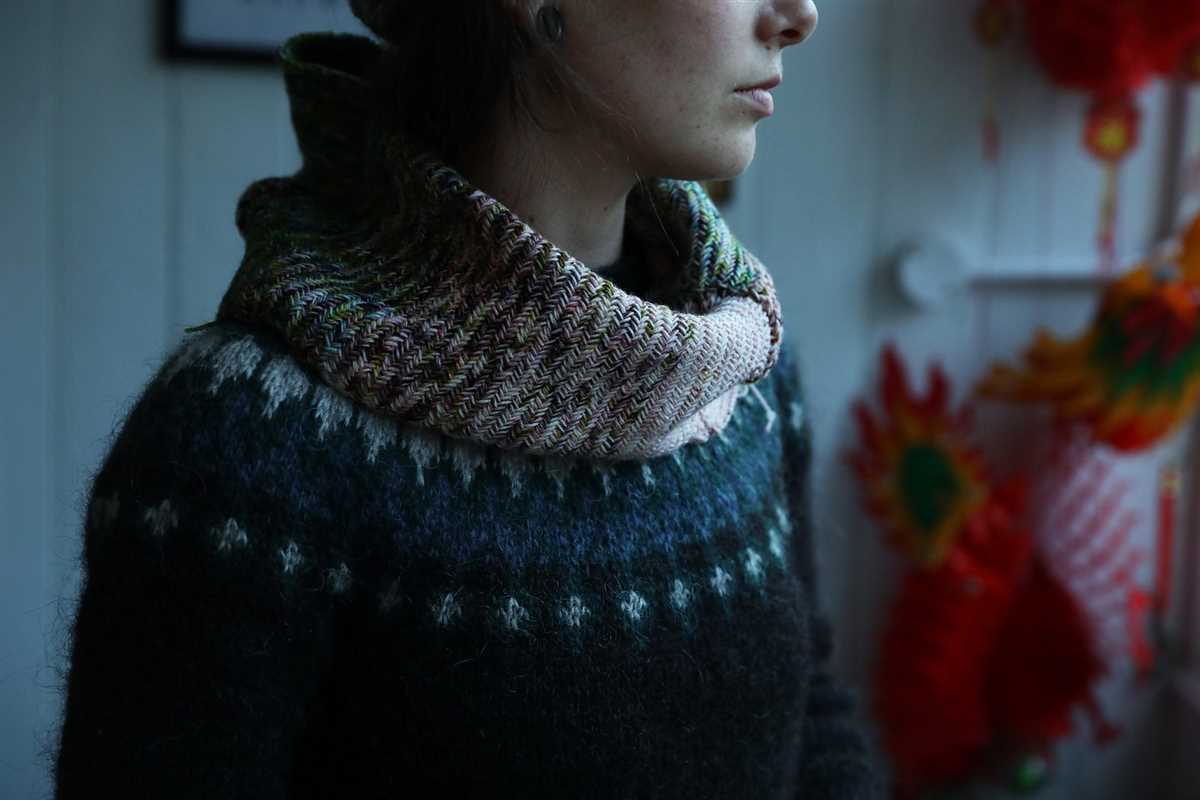
In order to ensure the success of your alpaca cowl knit pattern, it is important to create a swatch before starting on the actual project. A swatch is a small sample of the knitted fabric that you intend to use for your cowl. It allows you to determine the correct gauge and make any necessary adjustments to your knitting technique or needle size.
To create a swatch, start by selecting the alpaca yarn that you will be using for your cowl. Choose a few different needle sizes that are recommended for the yarn and cast on enough stitches to create a square or rectangle of about 4×4 inches. Knit several rows in stockinette stitch, making sure to keep track of the number of stitches and rows you are working.
Measuring the swatch
Once your swatch is complete, it is important to measure it accurately to determine the correct gauge. Lay the swatch flat on a table or other flat surface and use a ruler or measuring tape to count the number of stitches and rows within a 1-inch section. Calculate the stitch and row gauge by dividing the number of stitches or rows by the measurement in inches.
Adjusting the gauge
If the gauge of your swatch does not match the gauge specified in the alpaca cowl knit pattern, it may be necessary to make adjustments. If your gauge is too loose, try using smaller needles to achieve a tighter knit. If your gauge is too tight, switch to larger needles to create a looser knit. Knit a new swatch with the adjusted needle size and re-measure to ensure that the gauge is correct.
Creating a swatch may seem like an extra step, but it is an essential part of the knitting process. By taking the time to create a swatch and adjust your gauge if needed, you can ensure that your alpaca cowl knit pattern will turn out just as you envisioned.
Pattern Instructions
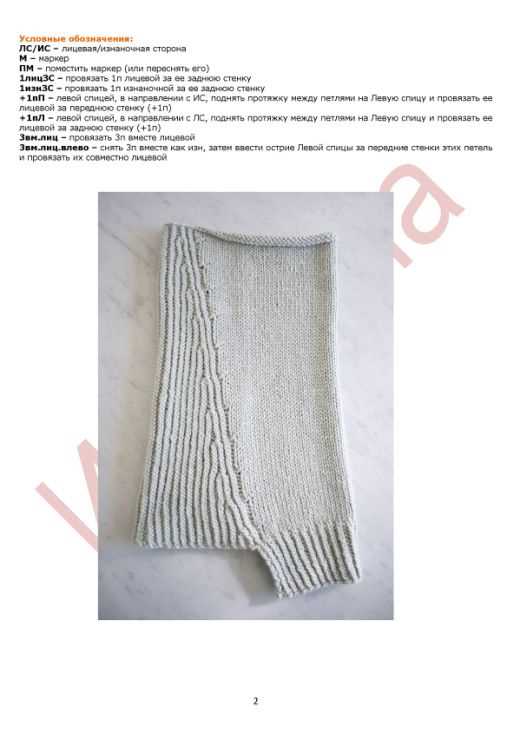
The pattern instructions below will guide you through creating your very own alpaca cowl. Make sure to follow each step carefully to ensure the best results.
Materials:
- 100g of alpaca yarn in the color of your choice
- A pair of size 8 knitting needles
- A cable needle
- A yarn needle
Gauge:
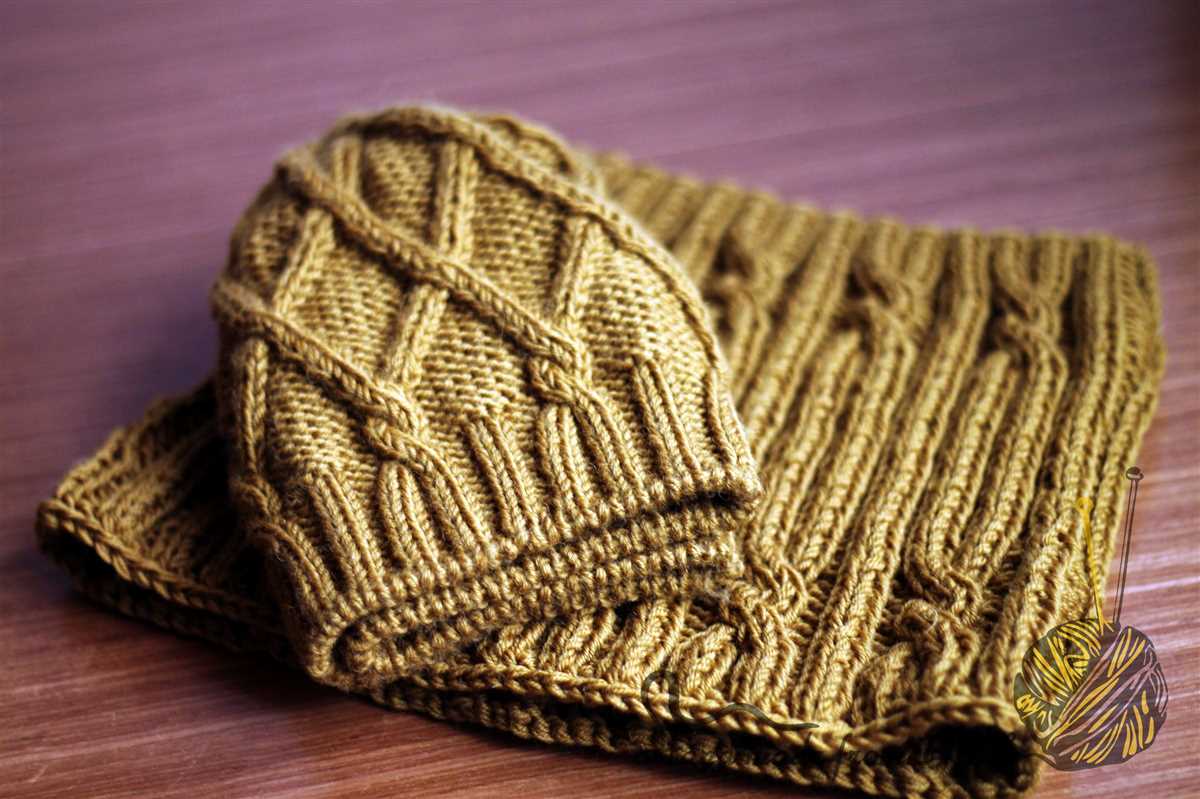
Before you begin, it’s important to check your gauge. Using the size 8 needles, knit a swatch of 10 stitches and 10 rows in stockinette stitch. Measure the swatch to make sure it matches the gauge of 4 inches in width and 4 inches in height.
Instructions:
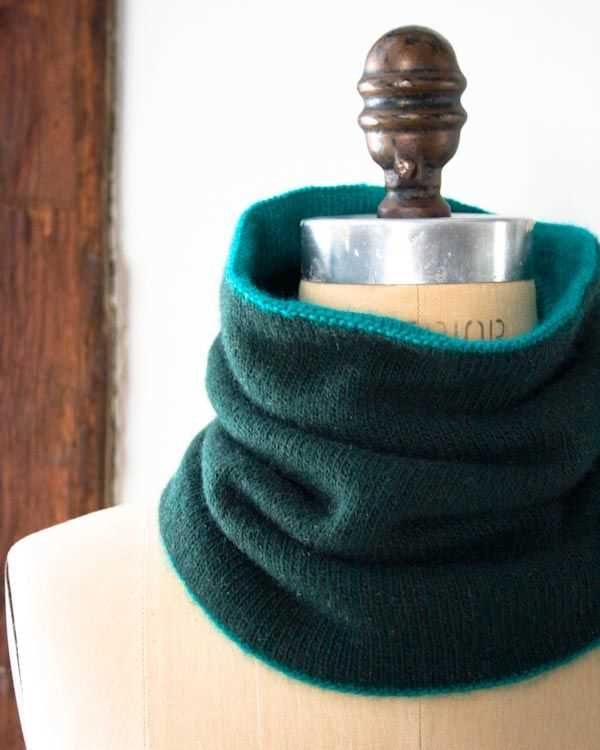
- Cast on 120 stitches.
- Row 1: *Knit 2, purl 2. Repeat from * to the end of the row.
- Row 2: *Purl 2, knit 2. Repeat from * to the end of the row.
- Repeat rows 1 and 2 until the cowl measures 18 inches in length.
- Proceed to cable pattern.
- Cable Pattern: Place the next 6 stitches onto the cable needle and hold in back. Knit the next 6 stitches, then knit the 6 stitches from the cable needle. Repeat this cable pattern across the row.
- Continue in cable pattern for 8 inches.
- Switch back to ribbing pattern (rows 1 and 2) and knit for 2 inches.
- Bind off all stitches.
- Weave in loose ends using a yarn needle.
- Block your finished cowl to help it maintain its shape and drape.
That’s it! Your alpaca cowl is now complete and ready to be worn. Enjoy the warmth and softness of this cozy accessory.
Cast On
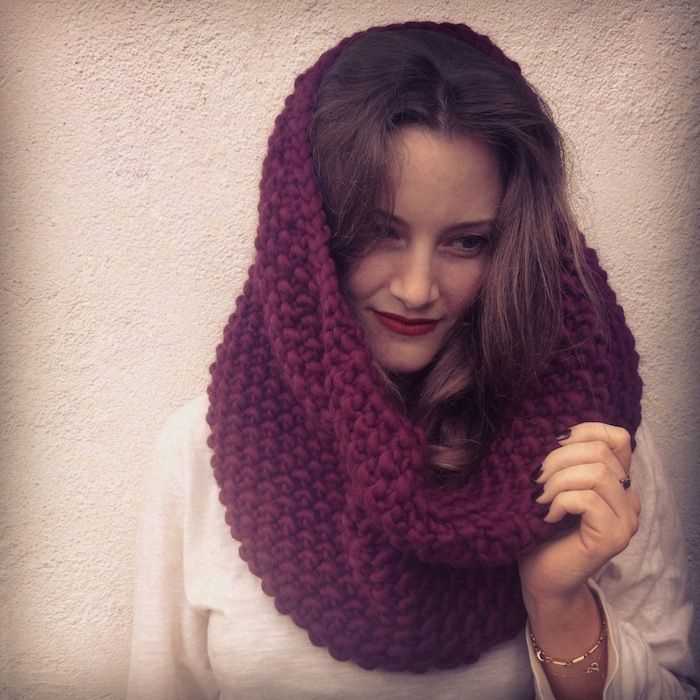
When starting your alpaca cowl knit pattern, the first step is to cast on your stitches. This is the foundation of your project and will determine the width of your cowl. There are various cast on methods you can choose from, depending on the look and stretchiness you want for your cowl.
One popular method for casting on is the long tail cast on. This method creates a neat and flexible edge that is suitable for most projects. To do this, you will need to estimate the length of yarn needed for your cast on stitches, leaving a long enough tail for your desired number of stitches plus a few extra inches. You will then create a slipknot on your needle, holding the tail end with your thumb and the working yarn with your other fingers. Loop the working yarn around your thumb and insert the needle through the loop from front to back. Pull the loop tight, creating your first stitch. Continue this process until you have cast on the desired number of stitches.
If you want a looser and more elastic edge, you can try the knitted cast on. Start by making a slipknot on your needle and then insert the point of the right-hand needle into the slipknot stitch from left to right. Wrap the working yarn around the right-hand needle as if to knit, and pull a loop through to create a new stitch. Place this new stitch onto the left-hand needle, and repeat the process until you have cast on the desired number of stitches.
These are just two examples of cast on methods you can use for your alpaca cowl. Depending on your skill level and preference, you may want to explore other methods such as the cable cast on or the tubular cast on. The important thing is to choose a cast on method that will provide a good foundation for your project and set you up for success as you continue knitting your cowl.
Knit Stitch
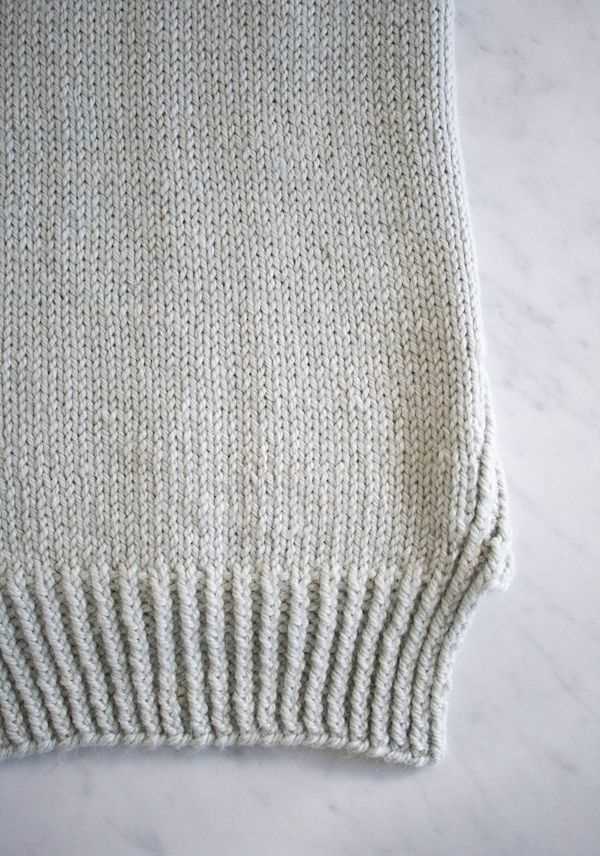
In knitting, the knit stitch is one of the most basic and commonly used stitches. It is also known as the “knit stitch” or the “knit one” stitch. This stitch is created by inserting the right-hand needle into the front of a stitch on the left-hand needle, then wrapping the working yarn around the right-hand needle and pulling it through the stitch to create a new loop. The new loop is then transferred to the right-hand needle, and the process is repeated for each stitch in the row. The knit stitch creates a smooth and relatively tight fabric, making it suitable for a wide range of projects.
The knit stitch is often used as the foundation for more complex stitch patterns, such as cables, lace, and colorwork. It can also be combined with other stitches, such as purl stitches, to create various textured patterns. The versatility of the knit stitch makes it a staple in many knitting patterns and designs.
To knit the basic knit stitch, follow these steps:
- Insert the right-hand needle into the front of the stitch on the left-hand needle.
- Wrap the working yarn around the right-hand needle clockwise.
- Pull the right-hand needle with the wrapped yarn through the stitch, creating a new loop.
- Move the new loop from the left-hand needle to the right-hand needle.
- Repeat these steps for each stitch in the row.
With practice, the knit stitch becomes second nature for knitters, allowing them to create beautiful and functional knit items. Whether you’re a beginner or an experienced knitter, mastering the knit stitch is essential for building your knitting skills and exploring the endless possibilities of this craft.
Purl Stitch
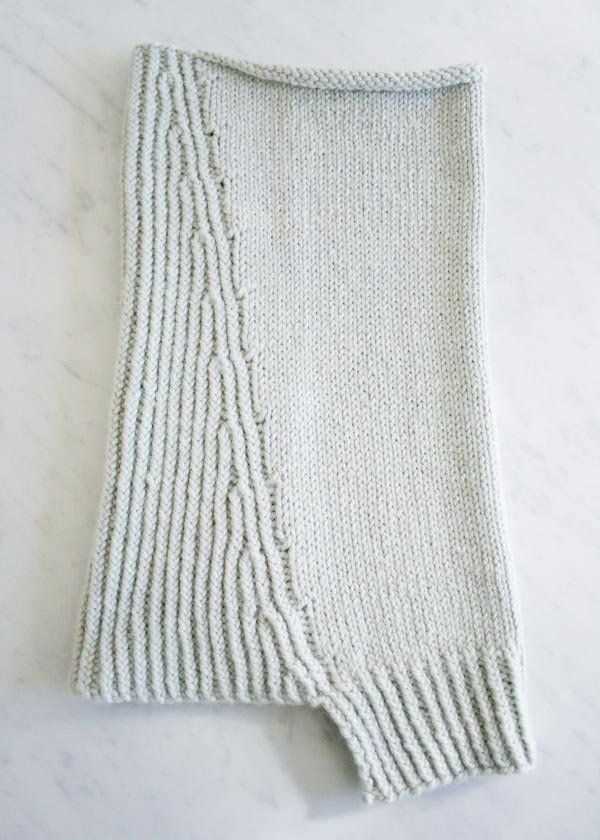
The purl stitch is one of the basic stitches used in knitting. It is achieved by inserting the needle from right to left through the loop on the left-hand needle, effectively reversing the position of the loop. This creates a bump on the right side of the fabric and a smooth surface on the wrong side.
In knitting patterns, the purl stitch is often used to add texture and variety to the design. It can be used to create ribbing, seed stitch, and other interesting patterns. When combined with knit stitches, it can create a wide range of stitch patterns, such as stockinette stitch.
To purl stitch, hold the working yarn in front of the work and insert the right-hand needle from right to left through the loop on the left-hand needle. Wrap the yarn counter-clockwise around the right-hand needle and pull it through the loop, sliding the loop off the left-hand needle. Repeat this process for each stitch.
Some common variations of the purl stitch include the purl two together (P2tog) and the purl three together (P3tog). These decrease stitches are used to shape the fabric and create curved edges or decreases in the stitch pattern.
Overall, the purl stitch is a versatile and essential stitch in knitting. It allows knitters to create different textures and patterns, giving their projects a unique and personalized look.
Decreasing
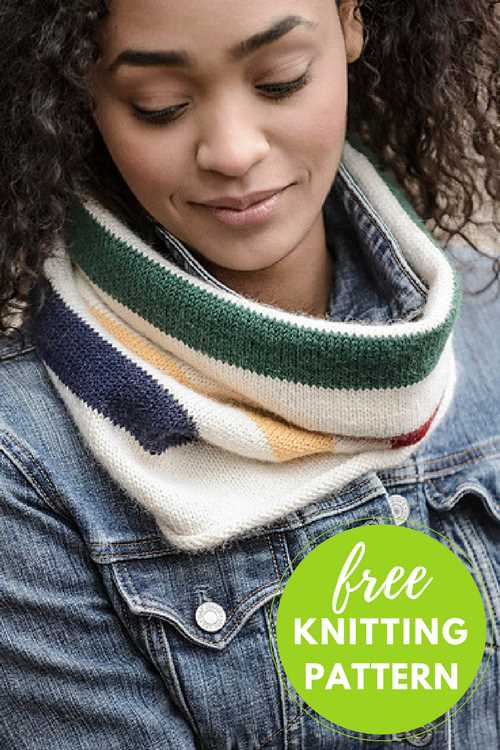
Decreasing is an important technique in knitting that allows you to shape your project and create different effects. In the context of the alpaca cowl knit pattern, decreasing is used to create a tapered shape at the top of the cowl.
There are several ways to decrease in knitting, but the most common method is the knit two together (k2tog) decrease. To work this decrease, insert your right-hand needle into the next two stitches on the left-hand needle as if to knit, and then knit them together as if they were one stitch. This decreases the stitch count on your needles by one.
Other common methods of decreasing include the slip, slip, knit (ssk) decrease, where you slip two stitches knitwise one at a time, insert the left-hand needle into the front loops of the slipped stitches, and then knit them together through the back loop. This creates a left-slanting decrease. The purl two together (p2tog) decrease is the purl version of the knit two together decrease and is worked in a similar manner.
When following the alpaca cowl knit pattern, be sure to carefully read and follow the specified decrease instructions. The pattern may call for specific types of decreases to achieve the desired shaping. Take your time with the decreases, as they can significantly impact the final look and fit of your cowl. Remember to count your stitches after each decrease round to ensure you are maintaining the correct stitch count.
Finishing
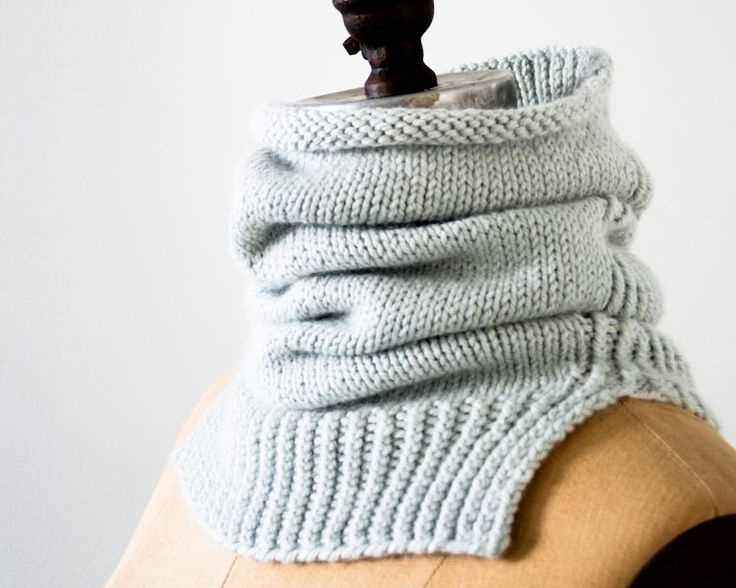
Now that you have completed knitting your alpaca cowl, it’s time to finish it off and make it ready to wear. Follow these steps to complete your project:
- Block your cowl: Fill a sink or basin with lukewarm water and add a small amount of gentle detergent. Submerge your cowl in the water and let it soak for about 15 minutes. Gently squeeze out the excess water and lay the cowl flat on a clean towel. Shape the cowl into the desired dimensions and let it air dry.
- Weave in loose ends: Use a tapestry needle to weave in any loose ends from changing colors or joining new skeins of yarn. Thread the needle with the yarn tail and carefully weave it through the stitches on the wrong side of the cowl, making sure to keep the tension even. Trim any excess yarn.
Once you have completed these finishing steps, your alpaca cowl is now complete! It’s time to proudly wear your cozy and stylish creation or give it as a thoughtful handmade gift.